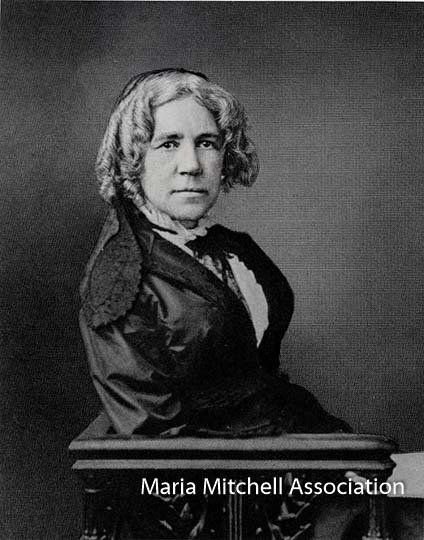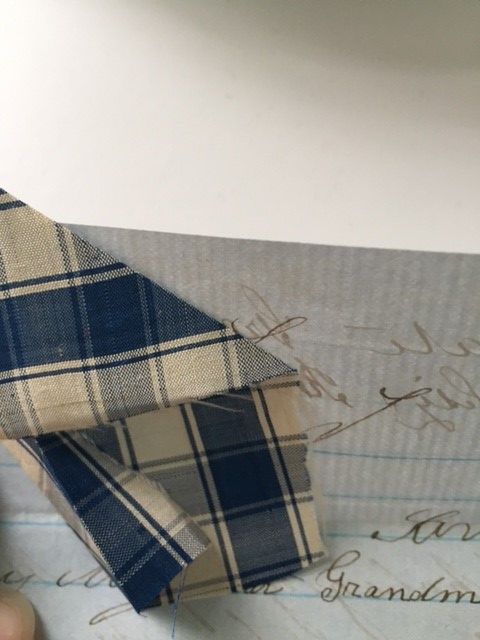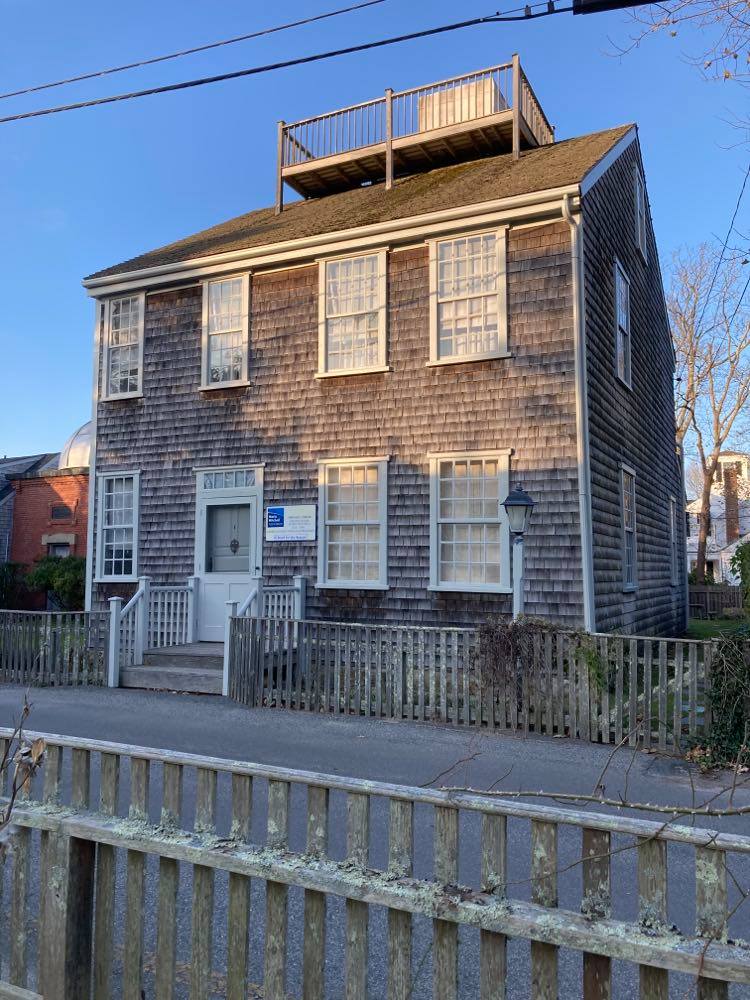The Mitchell House in Autumn
Vestal Street is quieter. There are fewer tourists, summer residents have returned to their year-round homes especially if they have children in school, and the air is cooling and becoming more crisp. For Mitchell House, we are still open for tours although on a shorter schedule (this year on Saturdays from 10-1PM), but there are still many things to accomplish before it gets cold and I have to seek a winter office – one that has some heat!
As I noted last year, I always find closing up the House depressing. But at this time, it is still open with everything in its place and I am able to focus on some more detailed cleaning and the conservation of small artifacts, working more in-depth with the collections, and working on other House related projects. I will also be out in the garden even more as I cut back this year’s perennials and annuals, making things neat and tidy for next spring when I wake the garden up and add annuals, a few new perennials, and a bounty of wonderful heirloom seeds such as the morning glories you see in this image that I planted at the south fence along Vestal Street. I am hoping that next year, the fig plant will have some figs – William Mitchell had a fig plant in the garden when he lived at 1 Vestal Street and I have been trying to introduce plants he had in his garden.
We still have some historic preservation workshops coming up. We just had a “Behind-the-Scenes at the Mitchell House” with NPT – an architectural and conservation focused workshop that had a nice group of people on such a beautiful day. And, we have two more to come.
On the 22nd of September, I will join with the Executive Director of Nantucket Preservation Trust (NPT) and Education Staff from the Nantucket Historical Association to present our “Four Centuries of Domestic Life” walking tour. It starts at 10am at the Oldest House, ending on Main Street. It’s an interesting way to learn more about the changes in the built and natural environments and how changes in domestic life changed these landscapes. And, it is free!
And on October 6th Mitchell House and NPT will co-host island conservation plasterer and mason Pen Austin as she discusses the preservation and conservation of historic masonry using the Mitchell House chimney and the chimneys and fireplaces of several houses nearby. Come and learn how to slake mortar! It is $5 for members of MMA or NPT and $10 for Non-Members. AND, reservations are necessary due to very limited space, so please call me at the Mitchell House to reserve a spot at 228.2896.
We hope you will join us, for a tour on Saturday mornings in September or for one of the remaining workshops!
JNLF
Recent Posts





